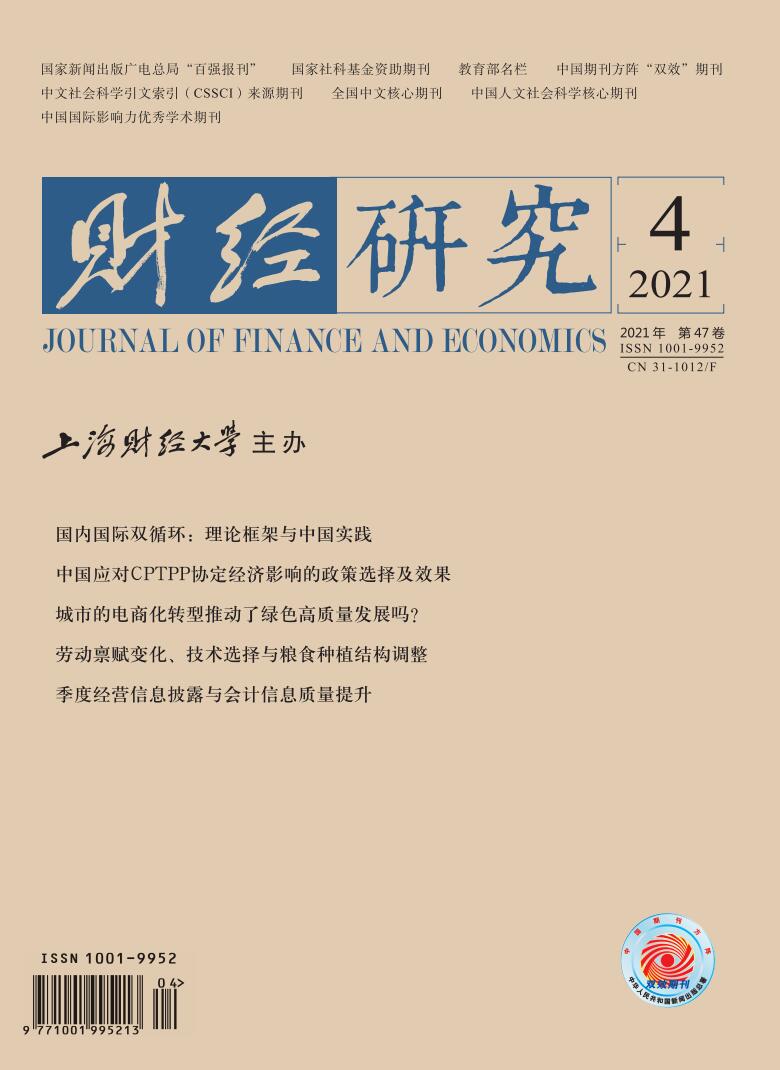The employment volatility of enterprises reflects the stability of enterprise employment growth. How to maintain employment stability in the face of external shocks has become the priority tasks of government policymakers, and whether government subsidies can promote the stable growth of enterprise employment remains to be further explored. This paper empirically analyzes the impact of government subsidies on employment volatility and their mechanism of action using Chinese industrial enterprise data. It is found that there is a significant negative effect of government subsidies on employment volatility, and an increase in the intensity of government subsidies is conducive to reducing the employment volatility of enterprises. The results of the threshold regression model indicate that government subsidies have a significant single threshold effect on employment volatility, and the threshold value of subsidy intensity is 0.0368. Therefore, it is demonstrated that nonlinear relationship exists between them. Its role channel of suppressing volatility is through alleviating short-term financial pressure and strengthening the ability of enterprises to reserve employees to cope with shocks, and the role channel of technological progress and diversification of technological types is less effective; its role channel of increasing volatility is due to new product innovations that bring product business lines and job adjustments leading to greater volatility in enterprise employment.
The possible marginal contributions of this paper are that: Firstly, previous studies on the impact of government subsidies on enterprise employment focus more on the effect of its employment scale promotion. This paper analyzes the impact of government subsidies on employment volatility from the perspective of the stability of enterprise net employment growth, and pays attention to the effect that government subsidies not only promote employment, but also promote stable employment growth. Secondly, this paper reveals the mechanism of government subsidies affecting employment volatility, which is analyzed from the perspectives of alleviating short-term capital pressure and promoting R&D and innovation activities. The former can resist the disturbance of external shocks on production and employment by improving the internal profit situation and strengthening the ability to employ reserve employees; the latter exerts an impact on employment volatility by providing new technology through technological progress, diversified technology combination or new product innovation. In addition, this paper empirically tests the impact of the two channel mechanisms.





 6873
6873  6034
6034

